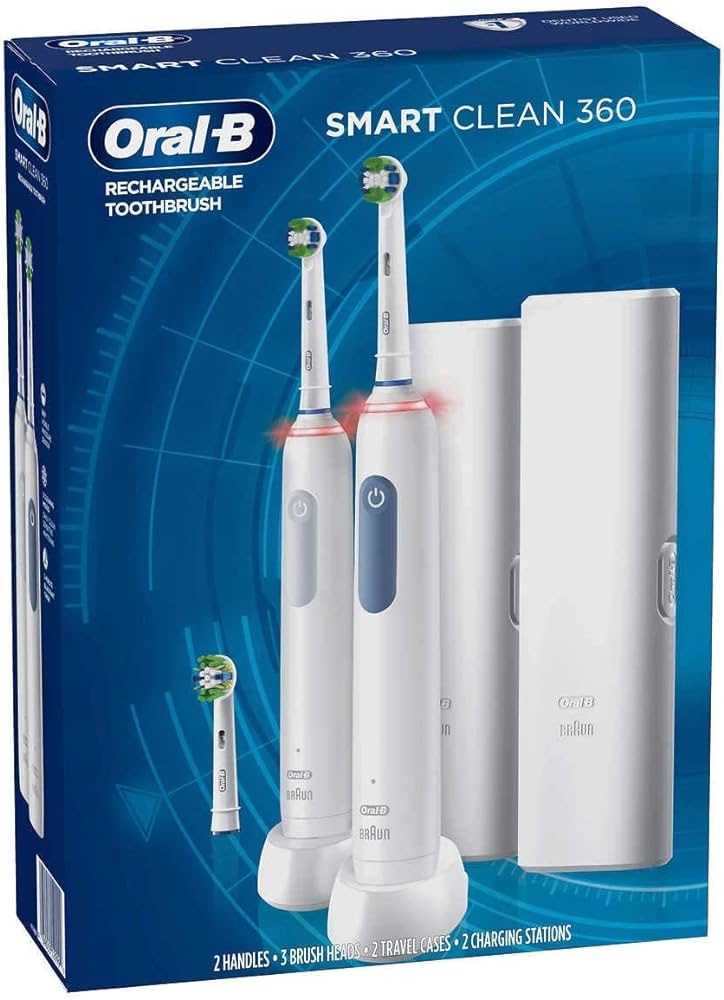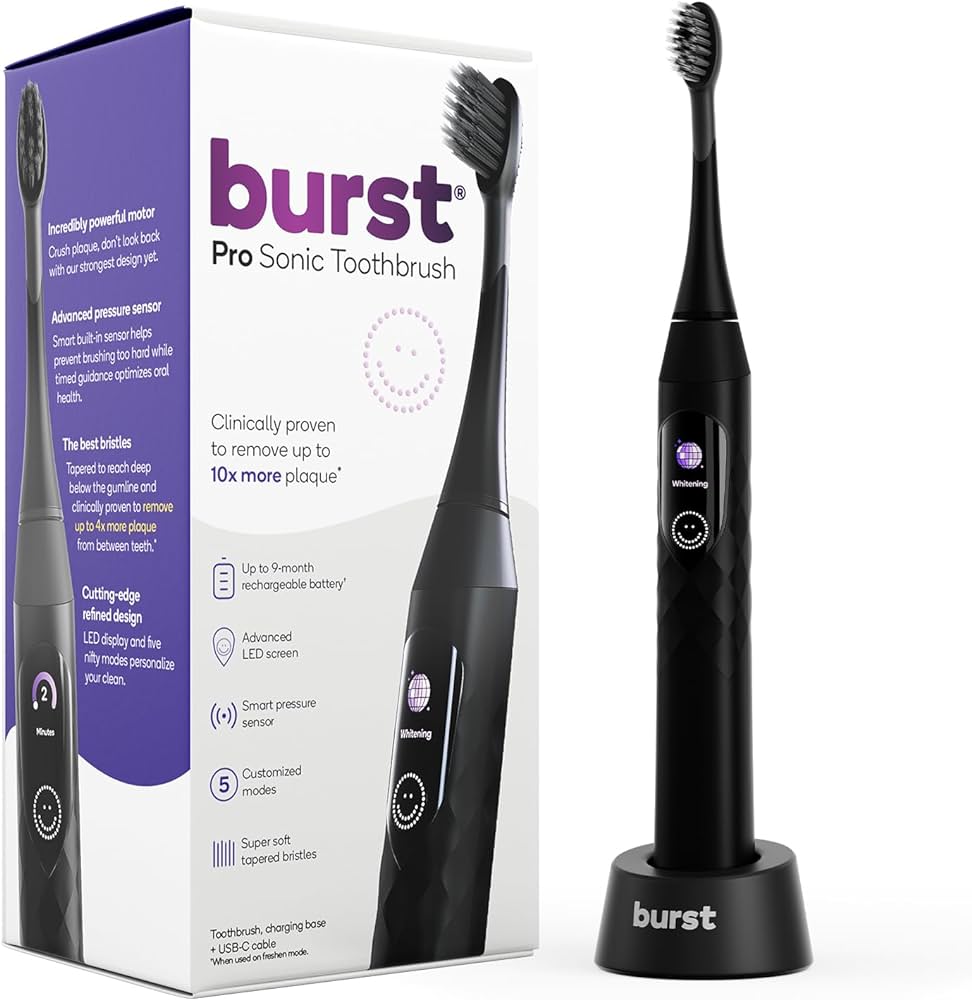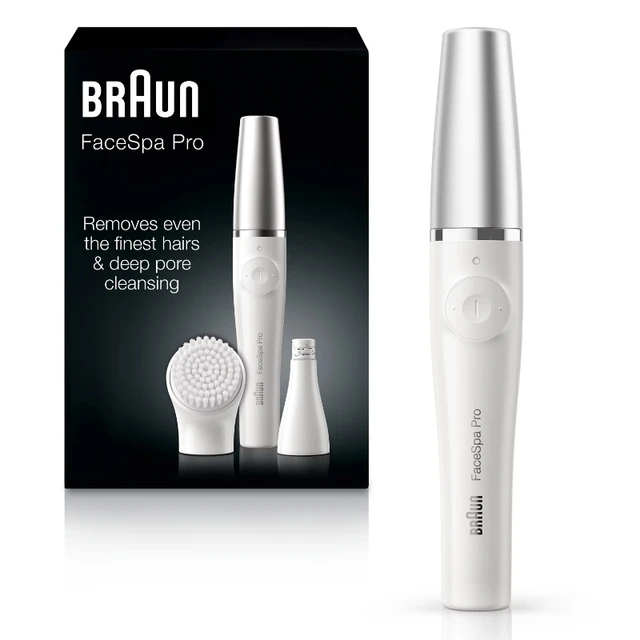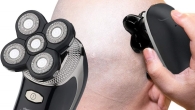
Do ultrasonic toothbrushes cause gum recession?
Introduction:
Gum recession, also known as receding gums, is a common dental condition that occurs when the gum tissue surrounding the teeth wears away or pulls back, exposing more of the tooth and root. It can lead to tooth sensitivity, increased risk of decay, and compromised oral health. Ultrasonic toothbrushes have gained popularity for their ability to provide deep cleaning and superior plaque removal. However, concerns have been raised about whether ultrasonic toothbrushes can cause or worsen gum recession. In this guide, we will explore the potential impact of ultrasonic toothbrushes on gum recession, examining the benefits they offer and addressing any associated risks. By understanding the research and considering individual factors, individuals can make informed decisions about incorporating ultrasonic toothbrushes into their oral care routine.

Do ultrasonic toothbrushes cause gum recession?
Understanding Ultrasonic Toothbrushes:
Ultrasonic toothbrushes differ from traditional electric toothbrushes in their cleaning mechanism. Instead of using physical brush movements, ultrasonic toothbrushes utilize high-frequency vibrations to generate ultrasound waves in the range of 20,000 to 40,000 Hz. These waves create a non-audible sound wave that produces dynamic fluid movement and microscopic bubbles, enhancing plaque removal and providing a deep clean.
Benefits of Ultrasonic Toothbrushes:
Ultrasonic toothbrushes offer several benefits that make them appealing for individuals seeking superior plaque removal and improved oral hygiene.
a) Effective plaque removal: The high-frequency vibrations generated by ultrasonic toothbrushes create fluid dynamics that reach areas below the gumline and between the teeth, providing a thorough clean and removing plaque more effectively than manual brushing alone.
b) Gentle on gum tissue: Ultrasonic toothbrushes are designed to be gentle on the gums. The non-contact cleaning action of the ultrasonic waves ensures that the vibrations do not directly impact the gum tissue, potentially reducing the risk of gum recession.
c) Improved gum health: The dynamic fluid movement created by ultrasonic toothbrushes can help stimulate blood circulation, promote gum tissue health, and potentially aid in gum tissue regeneration, contributing to improved gum health.
Research on Ultrasonic Toothbrushes and Gum Recession:
Decades of research have been conducted to assess the impact of ultrasonic toothbrushes on gum recession. The available evidence suggests that when used properly, ultrasonic toothbrushes do not cause gum recession and may even have a positive effect on gum health.
a) A study published in the Journal of Clinical Periodontology examined the effect of an ultrasonic toothbrush on gum recession in individuals with gingivitis. The results showed that the use of an ultrasonic toothbrush did not lead to gum recession. In fact, it contributed to significant improvements in gum health, including reductions in gum inflammation and bleeding.
b) Another study published in the Journal of Clinical Periodontology compared the effects of ultrasonic toothbrushes versus manual toothbrushes on gum recession in individuals with periodontitis. The results indicated that there was no significant difference in gum recession between the two groups, suggesting that ultrasonic toothbrushes are not associated with an increased risk of gum recession.
c) A systematic review published in the International Journal of Dental Hygiene assessed the effects of ultrasonic toothbrushes on gum health. The review concluded that ultrasonic toothbrushes can be beneficial in reducing plaque and improving gum health, including the reduction of gum inflammation and bleeding.
Proper Technique and Personal Factors:
While research suggests that ultrasonic toothbrushes do not cause gum recession, it is important to note that proper technique and personal factors play a significant role in maintaining healthy gums.
a) Brushing technique: Using the correct technique is essential for preventing gum recession and any potential damage to the gum tissue.
b) Individual oral health: Personal oral health factors, such as the presence of gum disease, poor oral hygiene habits, or genetic predisposition, can contribute to gum recession. It is important to maintain regular dental check-ups and follow appropriate oral care routines, including proper brushing, flossing, and professional cleanings.
c) Consultation with a dental professional: Individuals with concerns about gum recession or the use of ultrasonic toothbrushes should consult with a dental professional. They can assess the individual’s oral health, provide personalized recommendations, and address any specific concerns.
Precautions and Considerations:
a) Sensitivity: Individuals with tooth or gum sensitivity may experience discomfort when using ultrasonic toothbrushes. In such cases, it is advisable to choose a toothbrush with adjustable settings and start with a lower intensity level to minimize any potential discomfort.
b) Oral conditions: Individuals with specific oral conditions, such as severe gum disease or extremely sensitive gums, should consult with a dental professional before using an ultrasonic toothbrush. The dentist can provide guidance on the most appropriate oral care routine and recommend suitable oral care products.
c) Personal preference: It is important to consider personal preferences when choosing a toothbrush. While ultrasonic toothbrushes offer benefits, some individuals may prefer the traditional brushing action of manual or electric toothbrushes. The key is to find a toothbrush that is comfortable and effective for individual needs.
General Gum Health Recommendations:
Maintaining overall gum health is crucial for preventing gum recession, regardless of the type of toothbrush used. Here are some general recommendations:
a) Proper oral hygiene routine: Brushing at least twice a day, flossing daily, and using mouthwash can help remove plaque and maintain gum health.
b) Regular dental check-ups: Regular dental check-ups and professional cleanings can detect early signs of gum recession and allow for timely intervention.
c) Gentle brushing technique: Use a gentle brushing technique, regardless of the type of toothbrush used, to avoid damaging the gum tissue.
Conclusion:
Ultrasonic toothbrushes, when used properly, do not cause gum recession and may even contribute to improved gum health. The high-frequency vibrations and dynamic fluid movement of ultrasonic toothbrushes provide effective plaque removal and promote gum tissue stimulation. Research supports their safety and effectiveness in maintaining gum health. However, proper brushing technique and individual oral health factors should be considered to ensure optimal gum health. Consulting with a dental professional can provide personalized recommendations based on individual needs and concerns. By incorporating an ultrasonic toothbrush into their oral care routine and following proper oral hygiene practices, individuals can enjoy the benefits of superior plaque removal and support the health of their gums.












Leave a Reply
You must be logged in to post a comment.